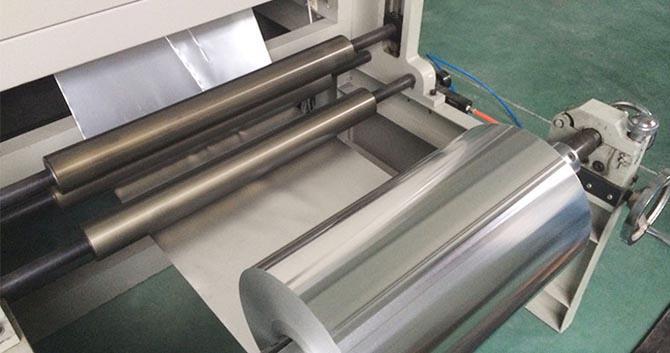Aluminum foil provides a complete barrier to light, oxygen, moisture and bacteria. For this reason, foil is used extensively in food and pharmaceutical packaging. It is also used to make aseptic packaging that enables storage of perishable goods without refrigeration.

How aluminum foil is made?
Aluminum foil is produced by rolling aluminum slabs cast from molten aluminum in a rolling mill to the desired thickness. To maintain a constant thickness, a technician monitors the rolling mill sensors to ensure the pressure on the slab is correct. Sensors are able to tell the technician if the pressure is too great or not enough and then the technician can adjust the rollers to apply more or less pressure. It is then coiled and sent to the cold rolling mill. To avoid breakage because of the thinness, the foil is doubled in the cold rolling mill and the rolled to the desired thickness.
Aluminum foil for food preparation: Aluminum foil is “dual-ovenable” and can be used in both convection and fan-assisted ovens. A popular use of foil is to cover thinner sections of poultry and meat to prevent overcooking. The USDA also provides recommendations on limited uses of aluminum foil in microwave ovens.
Aluminum foil in insulation: Aluminum foil is 88 percent reflective and is widely used for thermal insulation, heat exchanges and cable liners. Foil-backed building insulation not only reflects heat, aluminum sheet also provides a protective vapor barrier.
Aluminum foil in art and decoration: Anodizing aluminum foil creates an oxide layer on the aluminum surface that can accept colored dyes or metallic salts. Through this technique, aluminum is used to create inexpensive, brightly colored foils.